Entering the exhibition space, viewers seem to be lost in a vivid "memory map" of Hanoi . The bas-relief works of visual artist, photographer, and independent curator Nguyen The Son appear delicately on a transparent mica background, simulating French, Indochinese, or Art Deco-style villas, once symbols of an elegant and majestic Hanoi. Light filters through the laser engravings, reflecting on the images, making the tiled roofs, window panes, and decorative details come alive, following the footsteps of visitors. Viewers stop in front of each work, lean in to observe, lightly touch the surface, or take a few steps back to feel the depth of memory, as if walking through the crossroads and five-way intersections of old Hanoi right in the exhibition space.
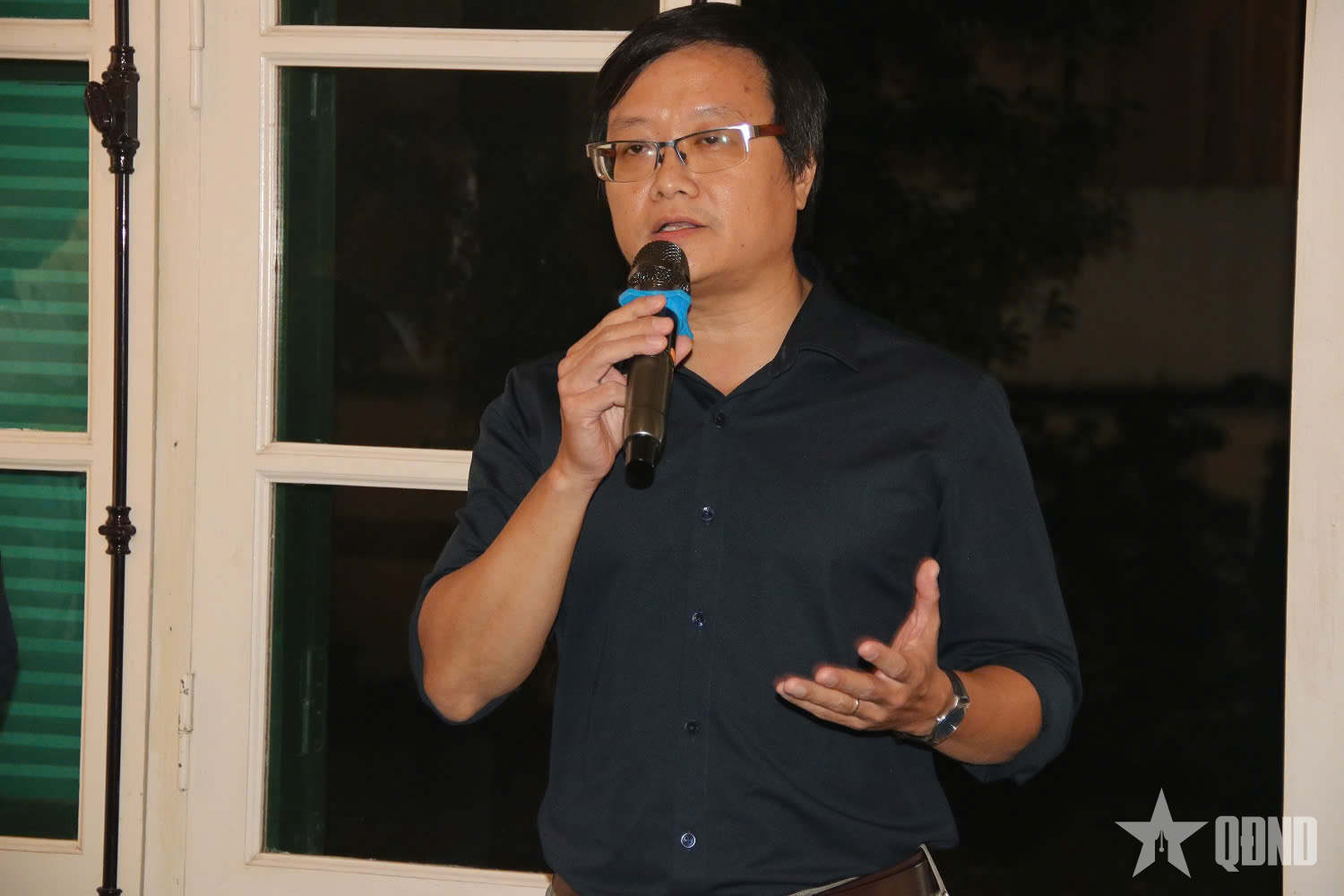 |
Curator Nguyen The Son spoke at the exhibition, hoping that the exhibition "The Turns" would help viewers return to urban heritage. |
 |
| A large number of art lovers attended the opening of the exhibition. |
Urban memories through relief photography
The exhibition “The Turns” is part of the Photo Hanoi'25 international photography biennale organized by the Hanoi Department of Culture and Sports in collaboration with the French Institute in Vietnam. At the exhibition, Nguyen The Son's relief photography works are displayed in transparent mica boxes, giving the space in each photo a physical depth, creating the feeling of overlapping urban strata layers, making the past and present blend into the same rhythm.
“I want viewers to realize that urban memories are not only in images or drawings, but are alive in the surrounding space, in every window, roof tile, and intersection. When standing in front of each work, we not only see the architecture, but also feel the flow of time, the connection between the past and the present, between people and the city,” curator Nguyen The Son emphasized.
 |
| Curator Nguyen The Son (far left) and guests at the exhibition. |
At the exhibition opening, photographer The Son also expressed his gratitude to partners, local authorities and especially the audience who took the time to attend.
According to curator Nguyen The Son, the project “The Turns” is the result of nearly 6 months of persistent work by Mr. Son, architect Tran Huy Anh and many colleagues. “The production team worked carefully from laser engraving, building the mica box, to arranging the lighting, ensuring every detail reflects the true spirit of the ‘turns’ and urban memories. The exhibition is the crystallization of a deep love for Hanoi and a long-lasting artistic passion,” said Mr. Son.
According to researcher Pham Minh Quan, the exhibition “The Turns” has many meanings, not only talking about architectural turns, but also about the intersections between the past and the present, between tangible material and intangible memories. “Through the exhibition, the public can see the city not only visually, but also with feelings and memories,” said Minh Quan.
 |
| Researcher Pham Minh Quan (School of Interdisciplinary Sciences and Arts, Vietnam National University, Hanoi) shared at the exhibition opening ceremony. |
The interesting point of the exhibition is that the works not only recreate the original shape of the villas according to architectural drawings, but also open up emotional depth.
Mr. Hoang Van Phuc (born in 1958, in Hai Ba Trung ward, Hanoi) shared: “Standing in front of these works, I feel like I am returning to each familiar house of my childhood, each street of Hanoi where I grew up. Today, looking at them in a new way, I feel both familiar and strange. Each villa not only tells a story about architecture, but also a memory of people, of time, of the city that I have been attached to all my life”.
Finding heritage through the lens of architecture
If curator Nguyen The Son looks at Hanoi through the eyes of a storyteller, architect Tran Huy Anh approaches the city with the intuition of an urban “archaeologist”. He combines architectural sketching, perspective drawing, analysis of French-era planning maps and aerial photographs to restore the original shape of houses that have been deformed or disappeared.
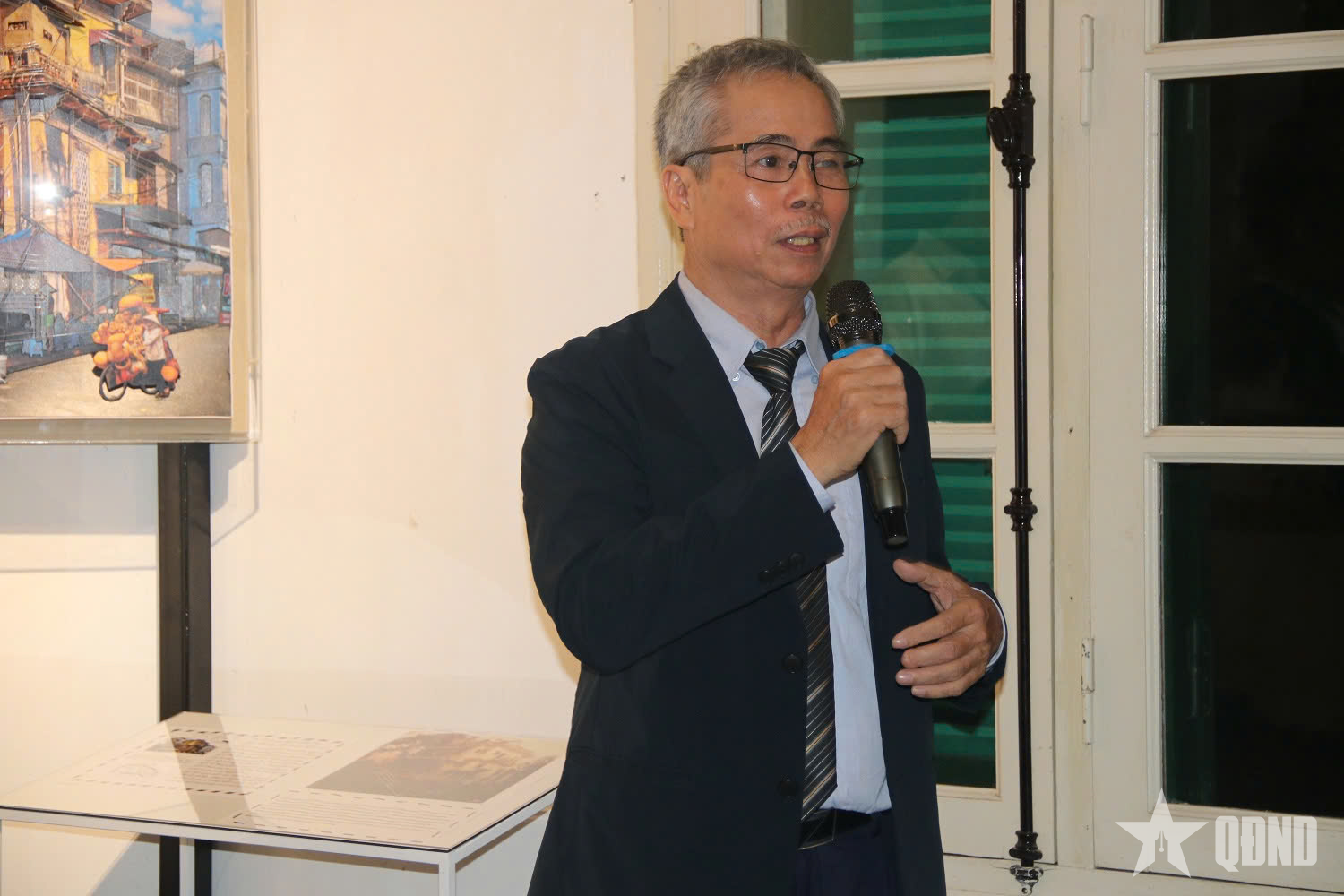 |
| Architect Tran Huy Anh speaks at the exhibition. |
A collection of maps and aerial images from the French period were analyzed, overlaid, and compared with the current situation, creating a dialogue between data and images. GIS (Geographic Information System) and BIM (Building Information Management) tools, commonly used for modern urban management, became the input for the pure emotional language of watercolor art. “Architects do not only have strict calculations and structures, but also have hidden poetry, a love for Hanoi and a dream of a city with its original soul,” researcher Pham Minh Quan emphasized.
“The project not only records the image of the house, but also creates a visual language to help viewers understand the 'historical veins' of the city,” said architect Tran Huy Anh.
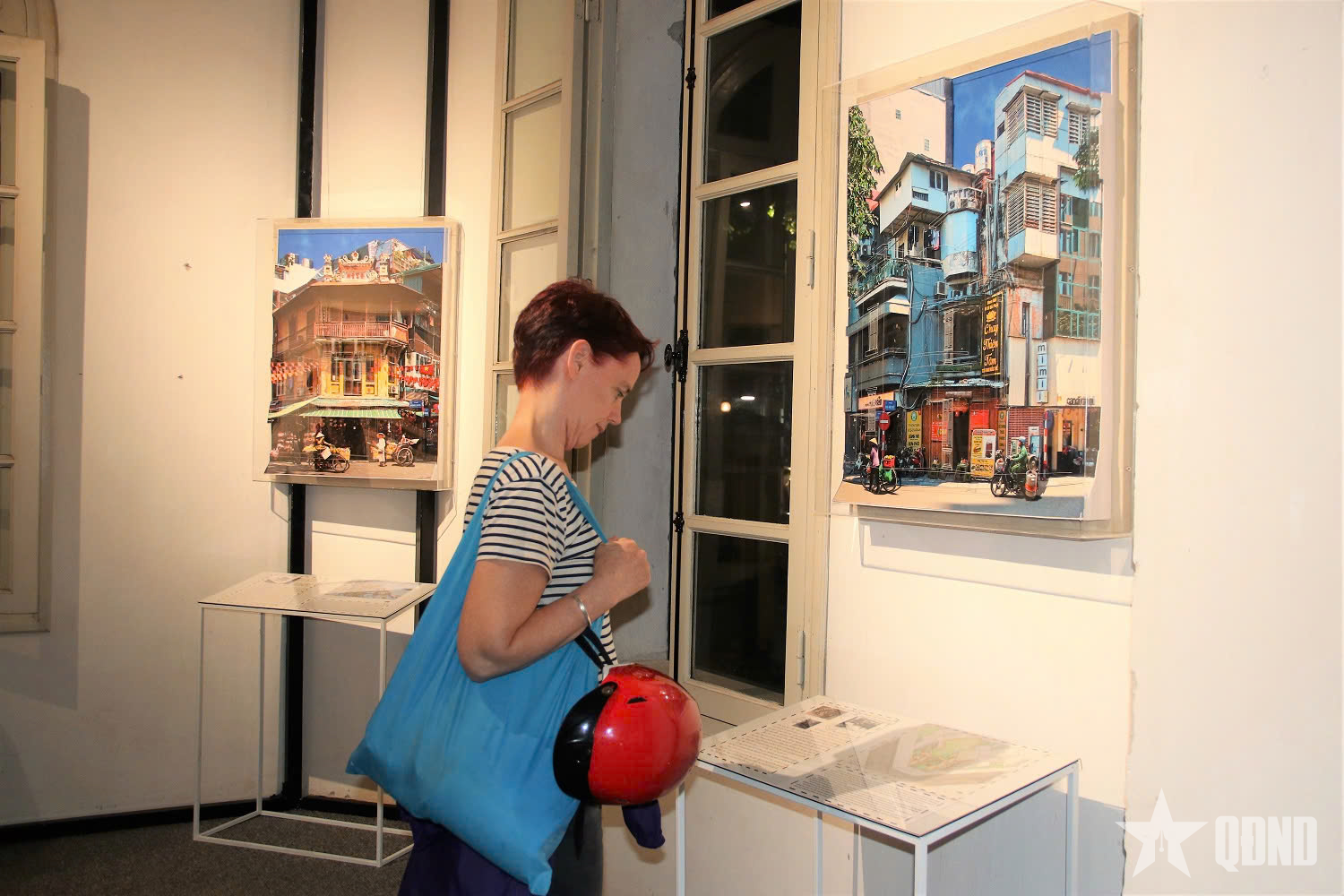 |
 |
| Viewers come to the exhibition to admire the works, feel the urban memories and the rhythm of old Hanoi life in a modern space. |
According to researcher Pham Minh Quan, through the interdisciplinary combination in the project, the exhibition opens up a new perspective, showing that 3D graphic drawings are not only technical reference tools but can completely become independent visual works, where data, memories and aesthetics blend. He also emphasized that these drawings help viewers “read” the city as a body, in which each construction, no matter how small, still contains its own historical veins.
Speaking at the opening ceremony of the exhibition, a representative of the French Embassy in Vietnam also highly appreciated the exhibition's approach: "The Turns" both recognizes the value of Hanoi's architectural heritage and opens up international dialogue on art, architecture and urbanism, while contributing to elevating Hanoi as an international destination for the art of photography."
 |
| Relief photography work "Corner of Tran Hung Dao - Yet Kieu Street: Neoclassical residential area is being modernized". |
The exhibition not only recreates images of French, Indochinese or Art Deco villas, but also opens a subtle dialogue between people and the city. Every turn becomes a choice: to preserve or to lose, to remember or to forget. Nguyen The Son’s relief photography, Tran Huy Anh’s data and drawings, and Pham Minh Quan’s analysis create a vivid “time map”, where urban memories overlap, inviting viewers to stop, contemplate and dialogue.
“The Turns” is not only a journey of artistic discovery, but also a subtle reminder of heritage conservation; not only keeping it intact, but also creating conditions for the past to communicate with the present, so that Hanoi today is not only present but also felt and appreciated.
The exhibition takes place at Villa No. 49 Tran Hung Dao - 46 Hang Bai from November 9 to November 30, 2025.
Source: https://www.qdnd.vn/van-hoa/van-hoc-nghe-thuat/trien-lam-nhung-nga-re-cuoc-doi-thoai-giua-ky-uc-va-hien-tai-cua-ha-noi-1011256








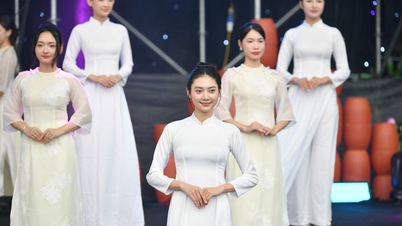
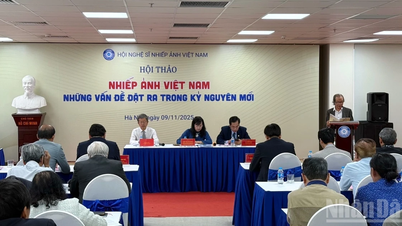

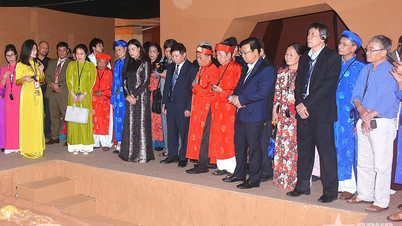
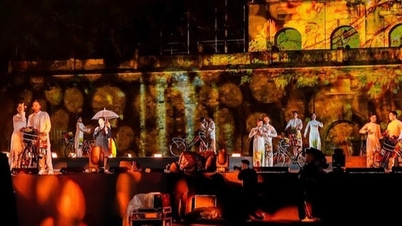

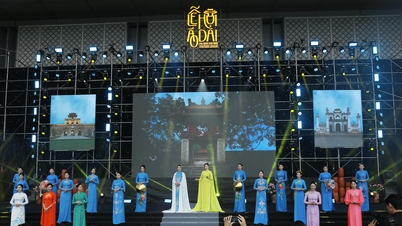






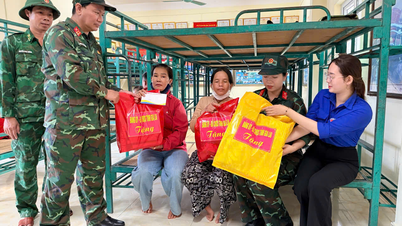

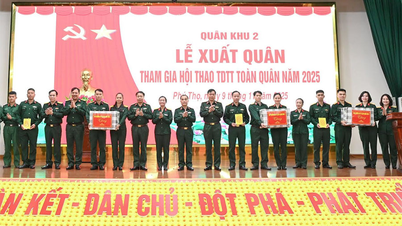
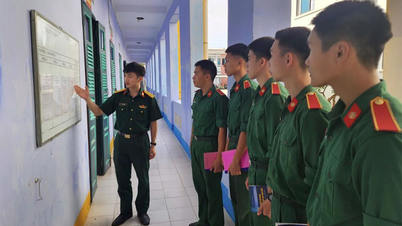
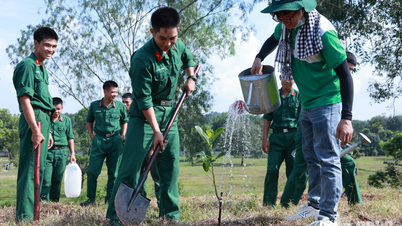


































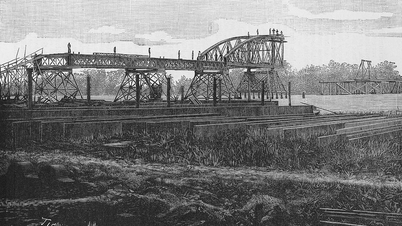
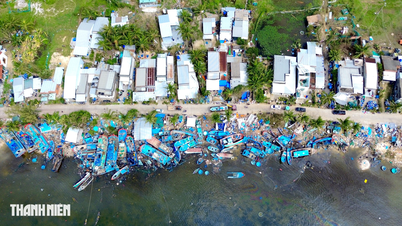
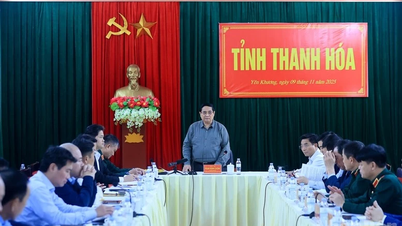




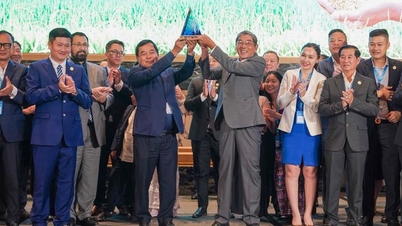


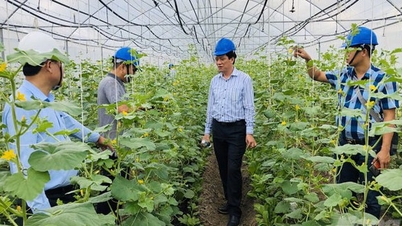
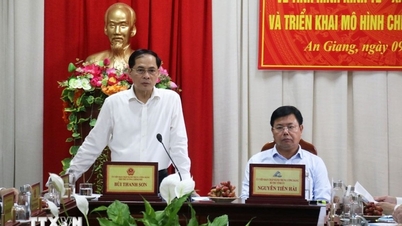





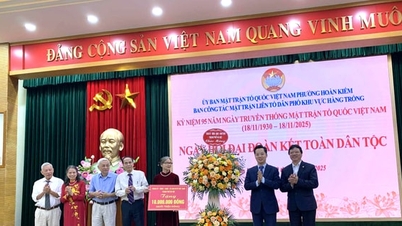



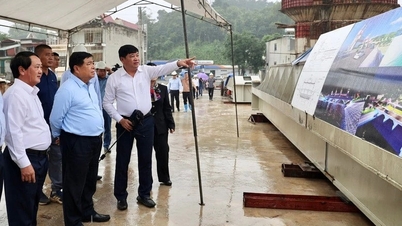



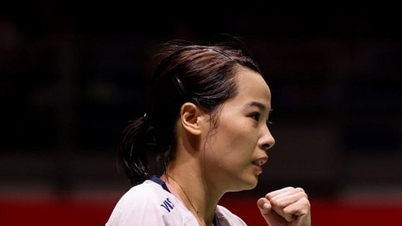










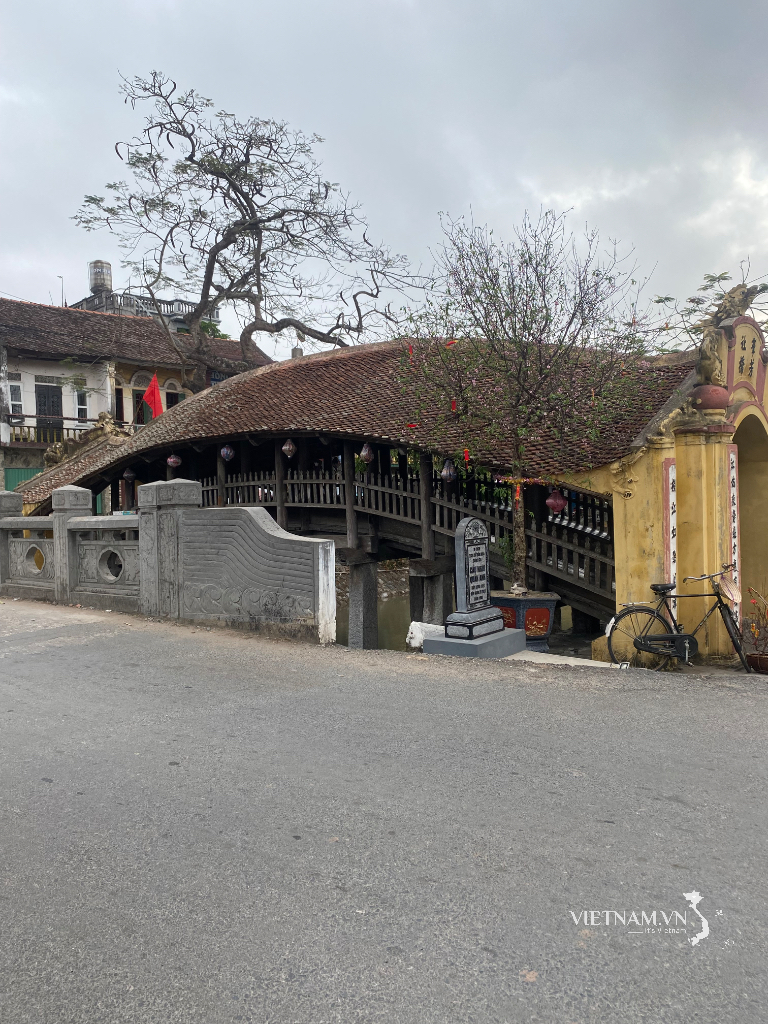

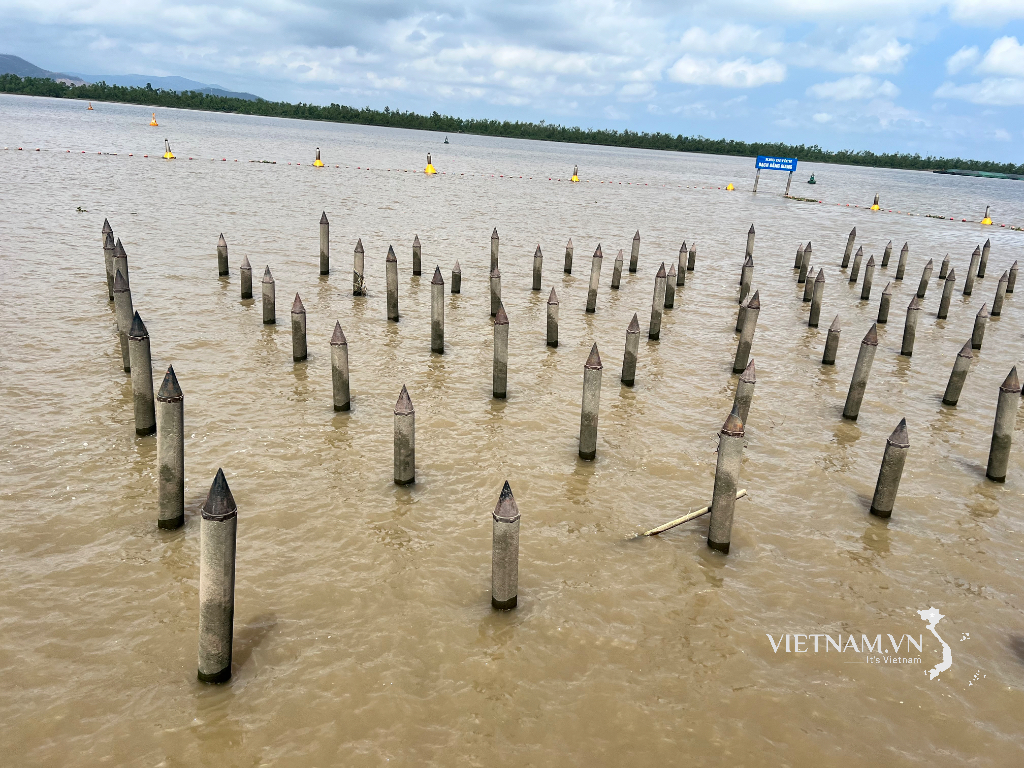
Comment (0)